What are castellers? A castell, in the Catalan tradition, is a human tower or multilayered “construction” that can have different characteristics depending on their height and build. References to their presence in popular celebrations, especially in the area of Camp de Tarragona, first started to appear during the eighteenth century.
In the following centuries, the castells started spreading out to Penedès and throughout Catalonia in general. Today at ShBarcelona, we’ll be talking about one of Catalonia’s claims to fame, the castellers!
Table of Contents
Where and when to see castells in Barcelona
There are plenty of castells happening all year long in Barcelona, which can be seen in different areas of the city. All the main holidays have castells displays, including Sant Joan, La Mercé and La Diada.
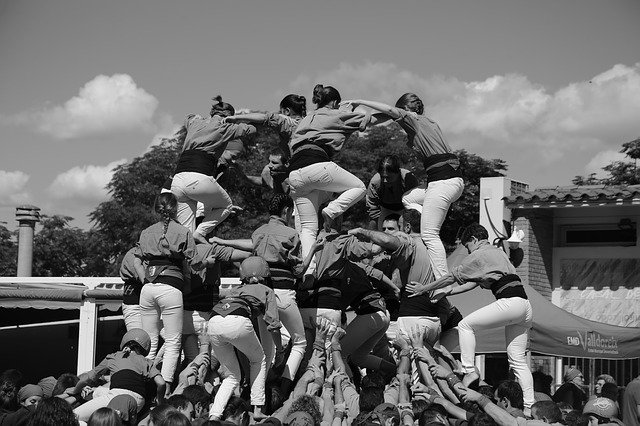


Photo via Pixabay
If you want a complete list of dates, times and places where you can see a castellers demonstration, visit Castellers de Barcelona‘s official website. Both men and women can participate in the construction of a castell and be castellers.
How the castell is built
Depending on your constitution and age you can be on the pinya – a part of the base of the castell that usually uses the strongest people – or in the tronc, the visible part of a castell.
The pom de dalt, the upper part of the construction, is formed by two dosos and acotxadors, where the enxaneta (a child who climbs on the top of the castell) has to stand up and raise the arm in order for the castell to be complete.
Other important parts of a castell are the folre, the manilles, and the puntals, since every of those parts help to support and strengthen the higher levels of this human construction.
Spend a couple of months in Barcelona
Each castell has a name that corresponds to the number of pillars of each tronc’s level and to the number of levels including the pom de dalt (3 de 7, 4 de 7, 2 de 6, etc.). Castells can also have a special name if they have a certain combination of elements (trileta-2 de 8 with folre, tripleta mágica-3 of 9 with folre-etc.).
The castellers are grouped in colles among which there is a healthy rivalry. There aren’t competitions between colles but they get points if they get to load and unload some type of castells.
Castellers’ music and costumes
The music that accompanies the construction of a castell is very particular and comes from a wind instrument called graller, which marks the evolution of each human tower. In 2006, UNESCO recognized the castells as Intangible Heritage of Humanity.
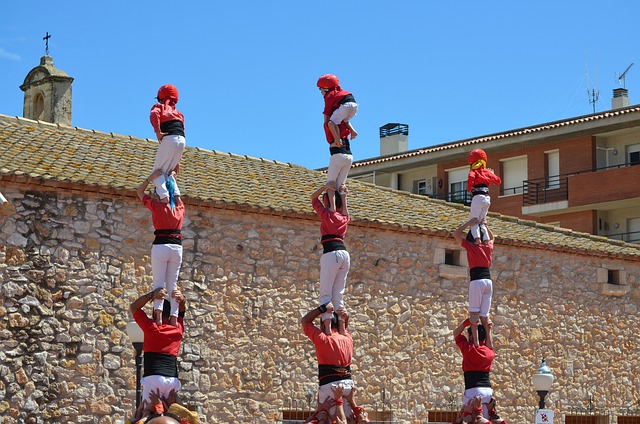


Photo via Pixabay
In what regards the castellers’ costumes, each colla’s member has to wear pants and shirts of the same color as the other members of the team, and they also have to wear a black faja or strap, which serves as a support point in their body for the rest of castellers to grab onto when they are climbing.
After several unfortunate accidents and falls, children are required to wear helmets in training and exhibitions. Erecting a castell is a great team building exercise. Castells can only be formed if every one of the castellers does their part and commits to helping the other members of the group.
Related article: Sardana, a traditional Catalan dance
Want to build your own casteller?
There are companies in Barcelona that offer this service, such as Team Towers, who have been working with castells for over 20 years, helping other companies and businesses to create a greater sense of union and collaboration between their teams.
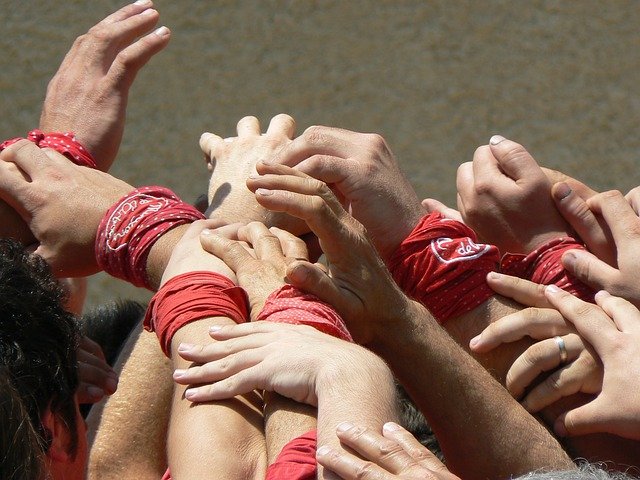


Photo via Pixabay
Another company that offers this type of service is City Tours Barcelona. Their castell-building sessions last from 2 to 3 hours, starting with an introduction by a professional casteller, followed by the formation of a small castell by the entire group.
Another option is BCN Adventure, which offers a castell–building experience which focuses on teamwork, shared responsibilities, good leadership, rational planning, and discipline. All the participants will have the opportunity to wear a traditional costume.
Castellers and culture
The castells – or people tower – are such a big part of the local culture, that there is even a magazine dedicated to it: the Revista Castells. There, you can find all the latest news about the world of castells and learn about events.
If you want to become part of a colla in Barcelona, you can also find information on each their official website.
The most important castellers colles are the Castellers de Barcelona, and the Castellers de Sants but there are other colles around the city that you can also join, which are recognized worldwide, such as the Colla Jove and Colla Vella dels Xiquets Valls.
Have you visited the human towers in Barcelona?
Share your opinion and tips with our readers!









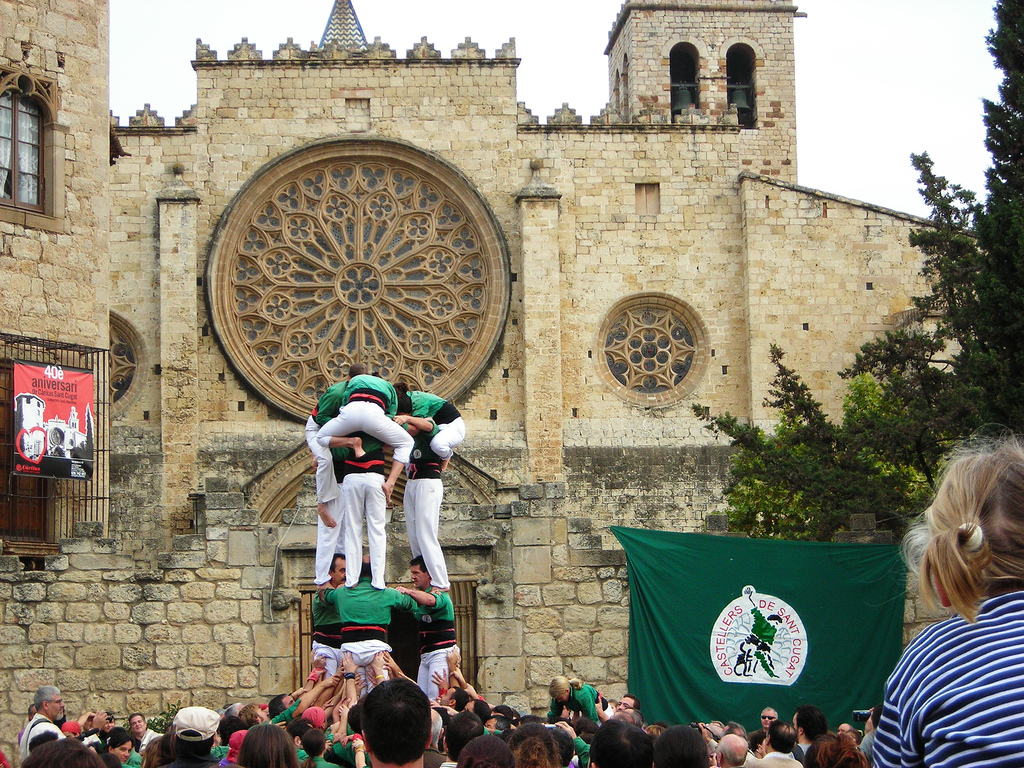

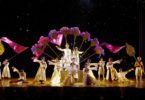


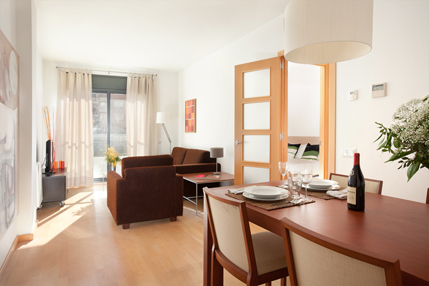
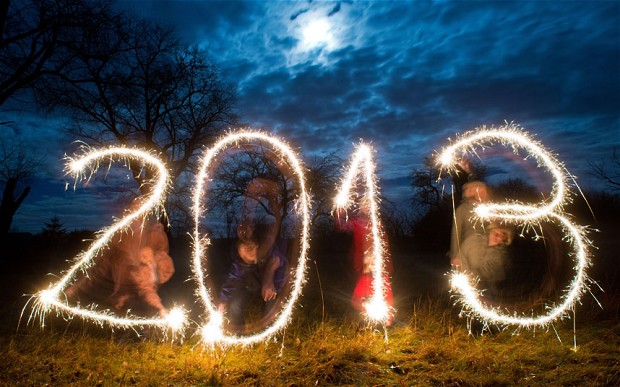

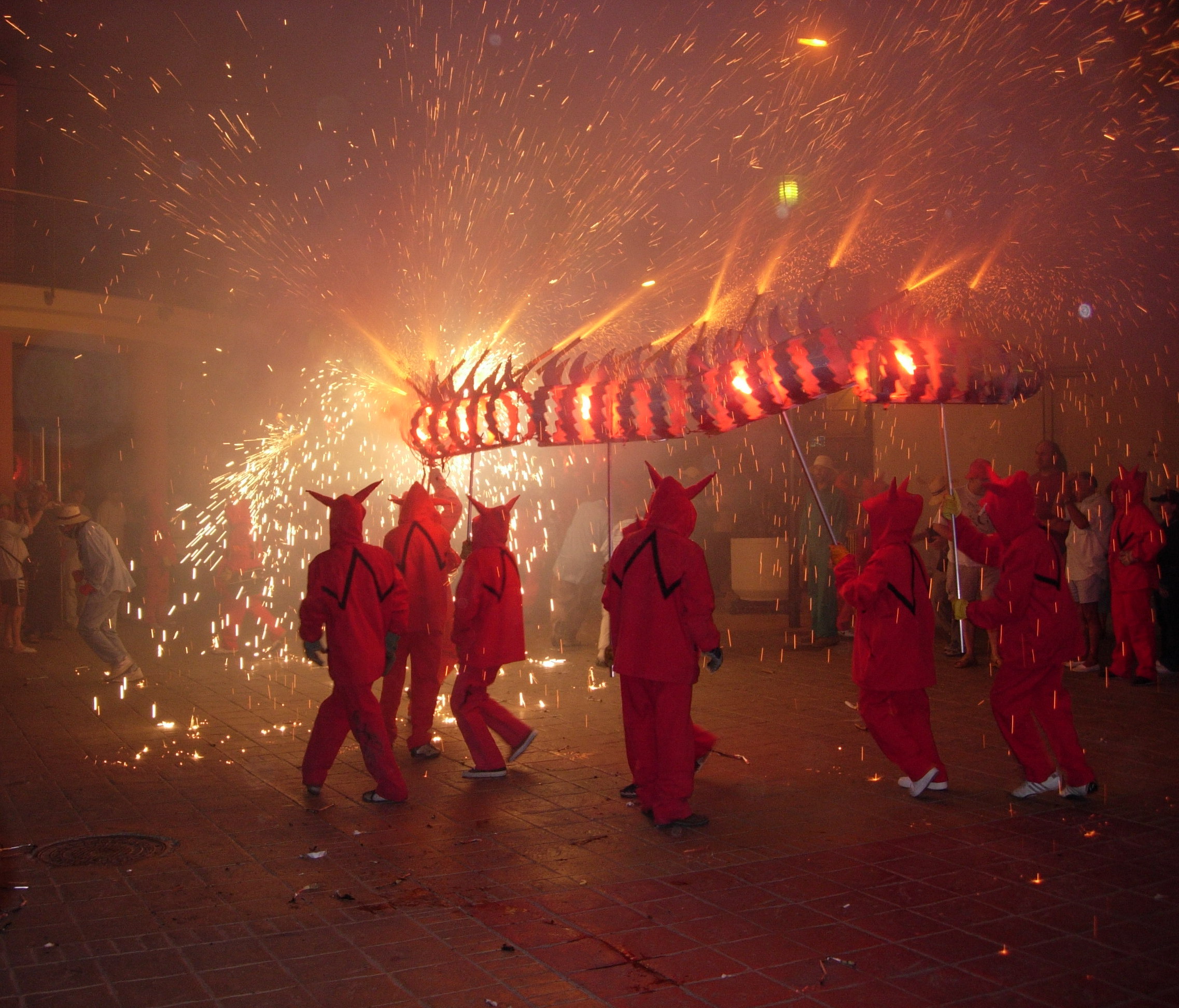
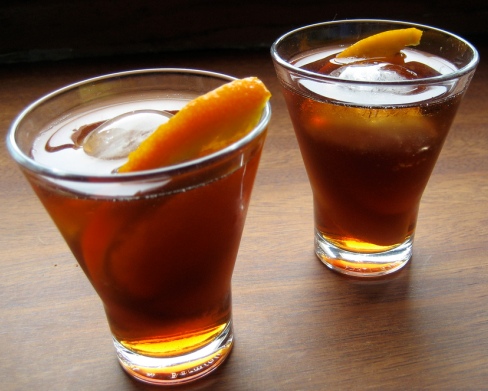
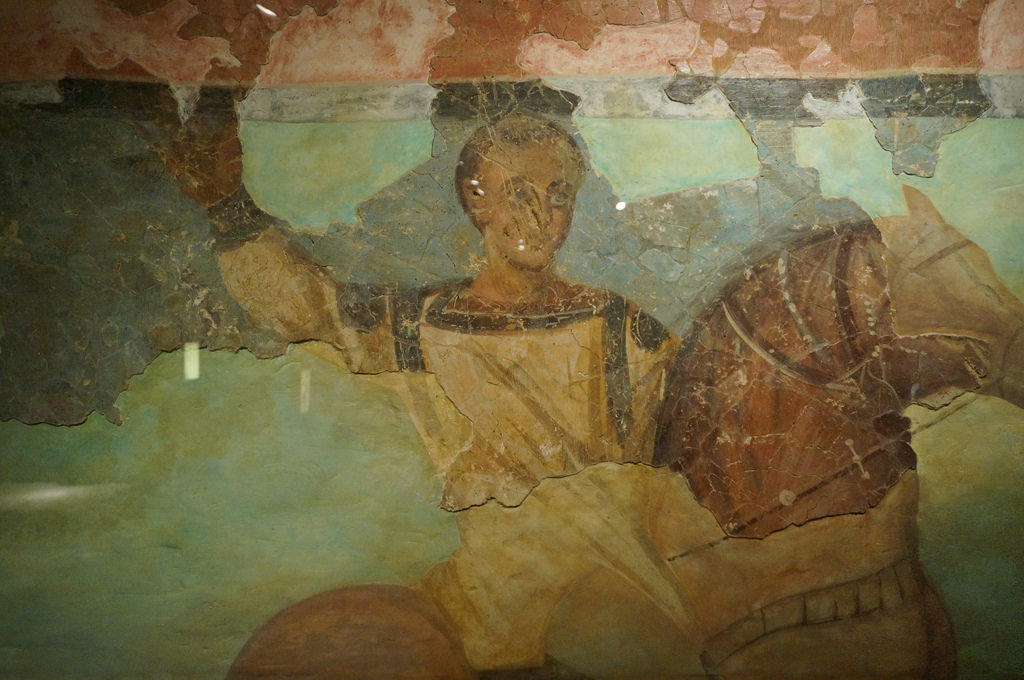


Leave a Comment